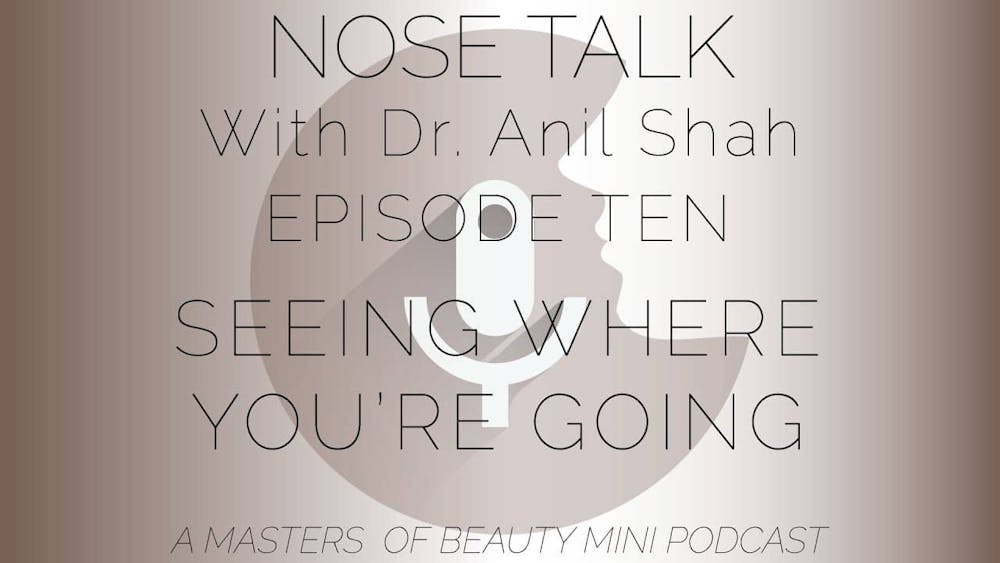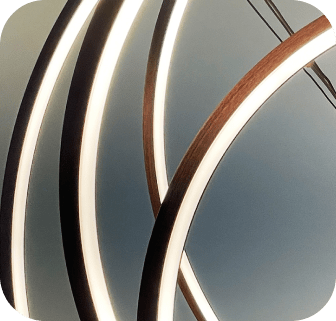This audio podcast has been transcribed using an automated service. Please forgive any typographic errors or other transcription flaws.
All right. This is a little mini podcast here talking about seeing where you’re going. I’m gonna use this analogy to describe how I think you should do things, not just in life, but in rhinoplasty. And here’s what I mean, The way I used to do rhinoplasty, the way that basically everyone does rhinoplasty is to do this procedure With kind of a blind approach. Here’s what I mean.
When doctors do things and work such as osteotomies, that’s where they try to work with a nasal bones either to narrow them, reposition them, or make them look differently. Oftentimes this part of the operation, believe it or not, is blind. What I mean by blind is they can’t see everything that needs to be seen. The sides of the nose, where the nasal bone are at are oftentimes left intact with the skin out. And so rather than lifting up that area of skin, which you cannot do if you’re using conventional techniques, um, they kind of guess where things are at. Problem with guessing is no one can see as well. Um, you know, without, without actually seeing. It’s like kind of trying to do something, you could, obviously I could do this blindfolded, or even if you could do it blindfolded, you’re gonna do it better, not blindfolded.
So there is an approach that I use called an ultrasonic rhinoplasty. The ultrasonic rhinoplasty allows me to see every aspect of the nose and make super fine contour changes to the nasal bone. This allows me to actually do this procedure, not blind. And not blind mean I’m gonna be able to see things better. Um, the other aspect of this approach, um, which I’m not gonna really touch on, but I will anyways, um, is chisels versus, um, an ultrasonic approach. Chisels in general are gonna be very hard at making something smooth. Think about that granite countertop, the bathroom countertop or anywhere else you see a rounded piece of stone. Do they use chisels to make that shape? I don’t think so. They probably use some type of sanding device to really smooth that out. Our nasal bones are pretty hard. And again, if you cut that with a chisel, you’re gonna have an edge, a visible edge. If you look at other doctors’ rhinoplasty results, you might be able to see those edges along the sides. And if you’re a patient, you might be able to feel those edges, even on your own nose, if it hasn’t been done yet.
So the goal over here is to smooth out those nasal bones, make them as smooth and symmetric as possible before doing anything to the nose. And then if they need to be narrowed narrow that symmetrical base of nose, rather than trying to narrow something that’s not symmetrical begin with. This is an important concept. Again, imagine you have two different size sides of a circle and you try to cut one side, cut the other side and push ’em together. Well, they’re not going to, they’re not gonna be symmetrical. You first want to sand down those two sides, make them symmetrical and then move those sides over.
So, um, in general in life, you don’t want to do things blind. Um, you don’t wanna stick your hand in something where you can’t see what’s underneath. You don’t wanna jump into a water pool, unless you can guess what’s in the bottom or know what’s in the bottom. And again, you don’t wanna necessarily do an osteotomy on your nose, um, unless you can see all of it because you may not see all the nuances and, um, and be able to appreciate those differences. So that’s one of the secrets to getting a nose as symmetrical as with as possible.

